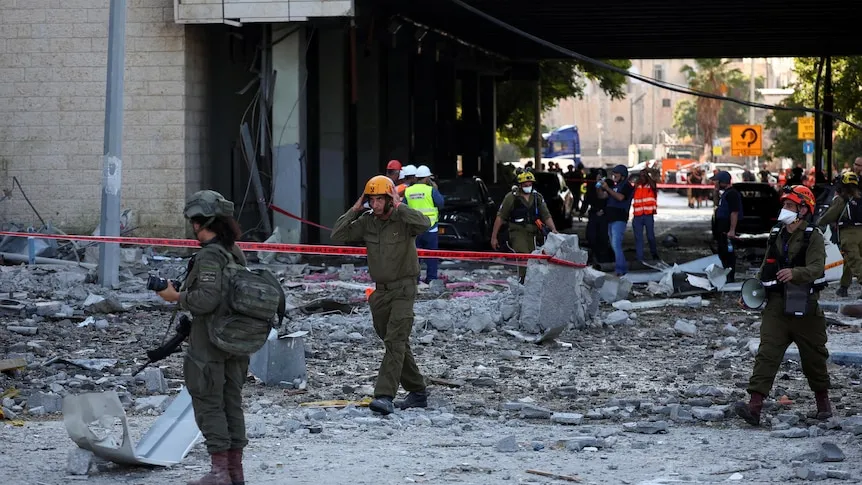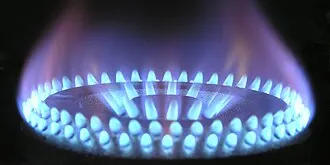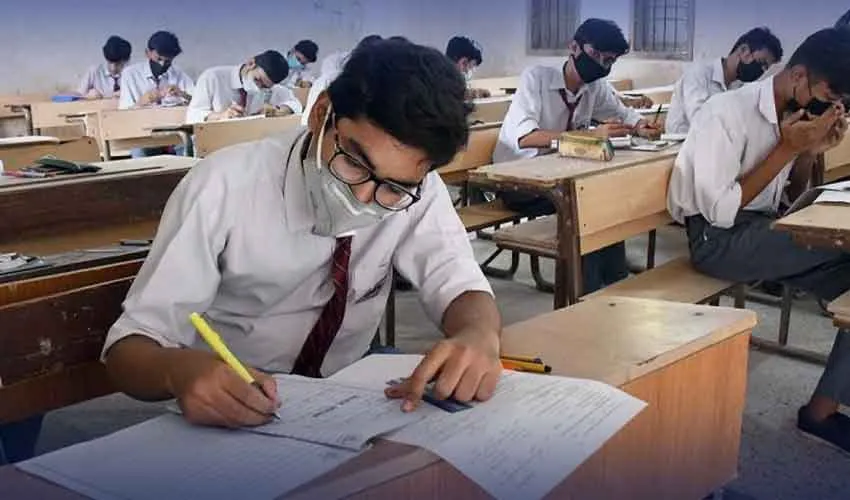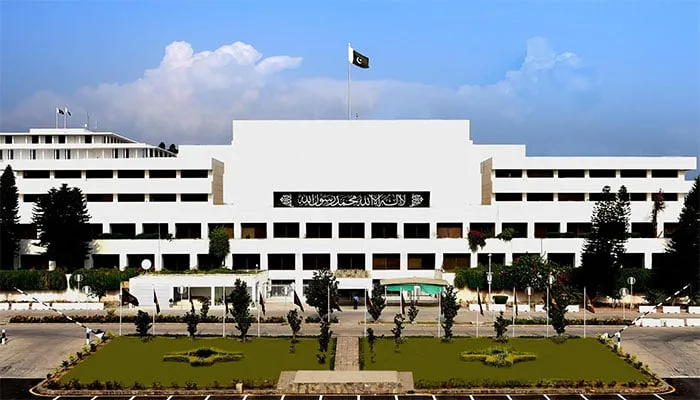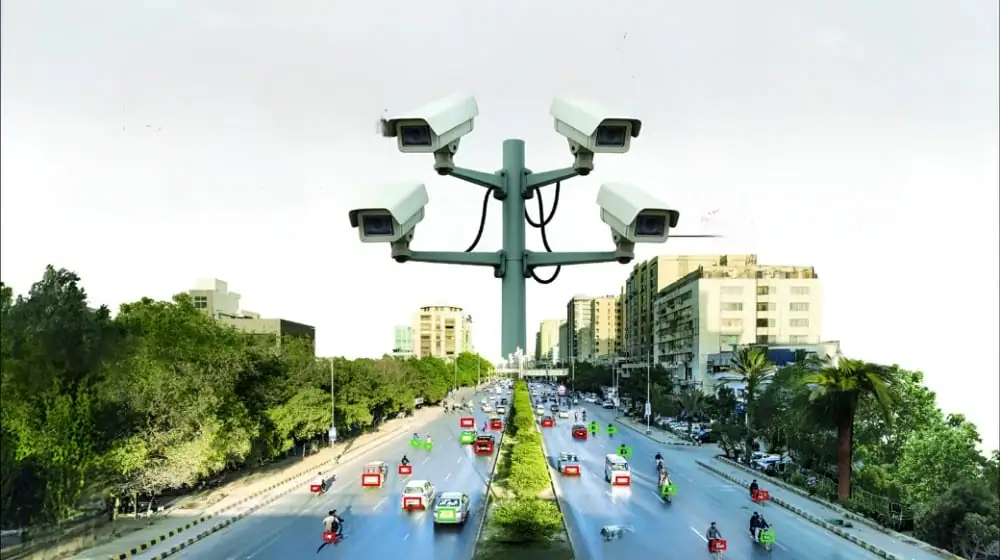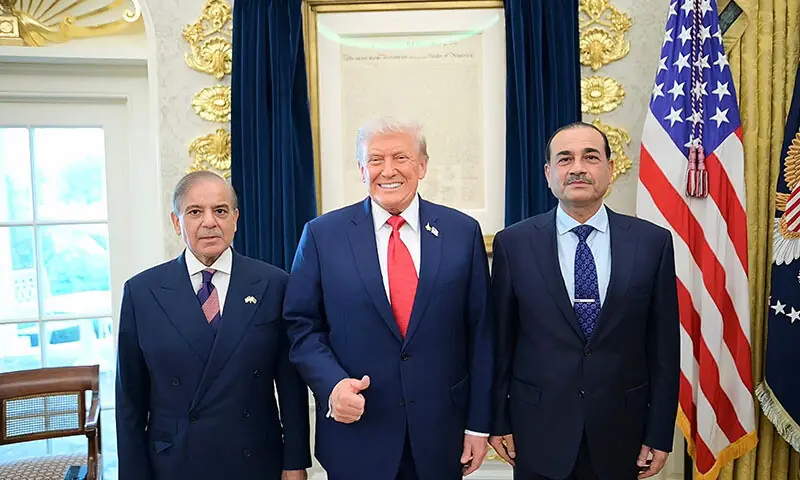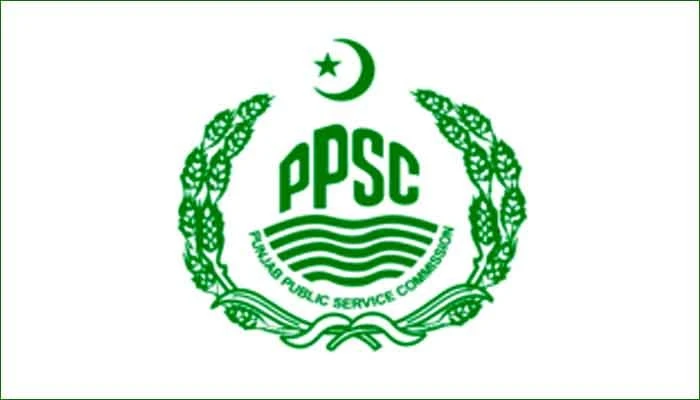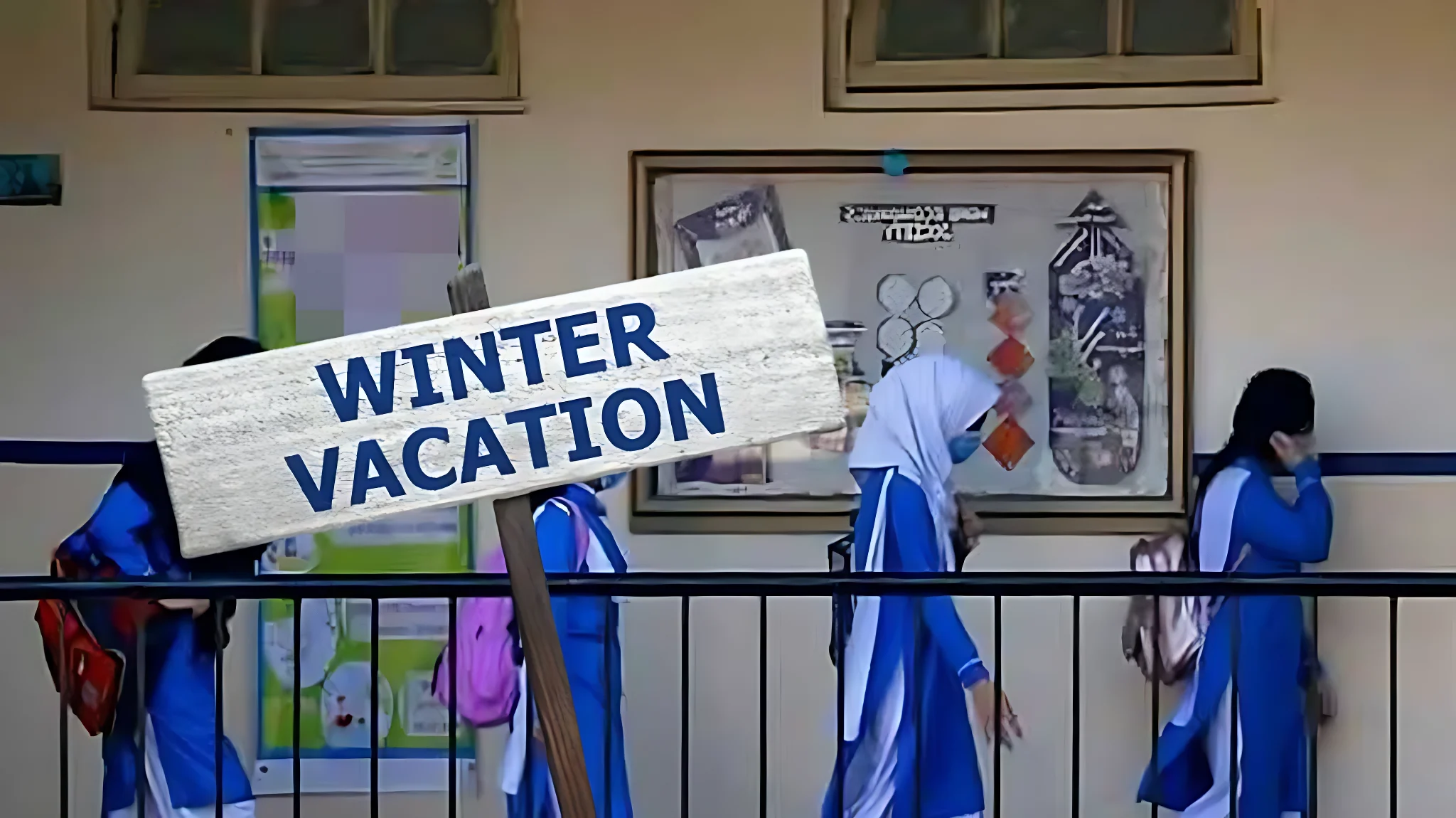The Middle East finds itself in an increasingly precarious state as the direct military confrontation between Israel and Iran escalates dramatically. The most recent and alarming development, Iran Strikes Haifa as Israel-Iran Conflict enters its ninth consecutive day, confirms Iranian missile barrages striking the strategic Israeli port city of Haifa. This pivotal moment marks a significant turning point in a prolonged shadow war, pushing the region closer to a wider conflagration. The implications of Iran Strikes Haifa as Israel-Iran Conflict are being analyzed worldwide, as both sides continue to trade devastating blows.
Devastation in Haifa: A Direct Hit and Mounting Casualties
Early Friday morning, in what Tehran characterised as a direct retaliatory action, Iran Strikes Haifa as Israel-Iran Conflict reverberated through the city. Iranian missiles targeted key areas, causing substantial damage across civilian and strategic infrastructure. Emergency services, including Magen David Adom, reported at least 23 people injured, with three in critical condition, highlighting the immediate human cost of this direct engagement. Tragically, one woman also succumbed to a heart attack while seeking shelter, underscoring the terror inflicted upon residents. Visuals emerging from the scene depict severely damaged buildings, widespread debris, and ominous plumes of smoke rising from various parts of the city. Particularly concerning are reports indicating damage to a mosque in Haifa’s Wadi Nisnas neighbourhood, prompting strong condemnation from Israeli officials who accused Iran of “indiscriminately targeting civilians” and committing “war crimes.” This specific incident, born from Iran Strikes Haifa as Israel-Iran Conflict, has inflamed an already fraught situation.
The Broader Context: Israel’s Preceding Strikes
The Iranian response, characterized by Iran Strikes Haifa as Israel-Iran Conflict, followed a relentless and extensive campaign of Israeli airstrikes that commenced on Friday, June 13, 2025. Israel’s military, the IDF, had confirmed conducting significant operations, utilizing over 60 jets to strike more than 25 military and alleged nuclear targets deep within Iranian territory. These targets reportedly encompassed critical installations, including Iran’s Organization of Defensive Innovation and Research (SPND), missile production facilities, and other vital military infrastructure located in western and central Iran. The stated objective of these Israeli operations was to “degrade, destroy, and remove the threat” posed by Iran’s nuclear program and its advanced missile capabilities. The tit-for-tat nature of these engagements, culminating in Iran Strikes Haifa as Israel-Iran Conflict, signals a perilous new phase.
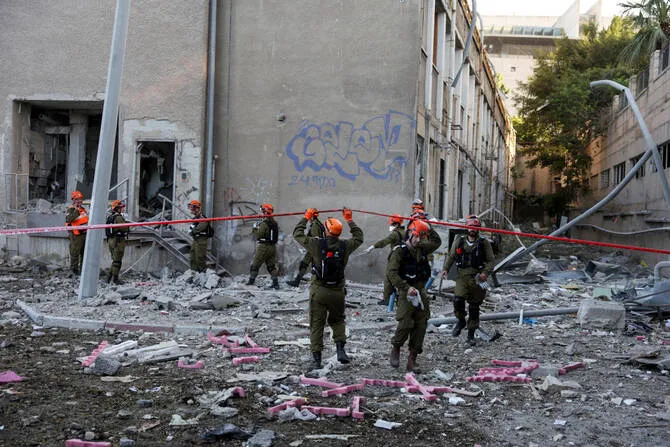
Unprecedented Exchange: A Week of Direct Confrontation
The past week has witnessed an unprecedented escalation in the direct military engagement between the two regional adversaries. Both nations have intensified their attacks, moving beyond proxy warfare to direct strikes on each other’s territory. Iranian state media has reported numerous missile barrages into Israeli territory, including significant impacts in the southern city of Beersheba, in addition to Iran Strikes Haifa as Israel-Iran Conflict. In response, the Israeli Air Force (IAF) jets have continued their relentless raids, systematically targeting missile storage and launch infrastructure across Iran. The IDF maintains its claim of air superiority and has reported successfully intercepting over 100 Iranian uncrewed aerial vehicles (UAVs) since the onset of the conflict, demonstrating the scale of aerial activity. The persistent nature of Iran Strikes Haifa as Israel-Iran Conflict underscores the current trajectory of the war.
Human Cost and Humanitarian Crisis
The human cost of this escalating Israel-Iran conflict, exacerbated by actions such as Iran Strikes Haifa as Israel-Iran Conflict, is tragically mounting with each passing day. Health Rights Activists, a Washington-based human rights organisation, recently reported that a week of Israeli strikes has resulted in at least 657 fatalities in Iran, including a significant number of civilians. Concurrently, in Israel, officials have confirmed at least 24 deaths and 592 injuries, illustrating the devastation on both sides. The renewed hostilities further compound the already catastrophic humanitarian situation in Gaza, where intense Israeli strikes continue unabated, adding immense pressure to an already overstretched aid infrastructure and exacerbating the suffering of civilians. This grim reality remains a central concern as Iran Strikes Haifa as Israel-Iran Conflict continues to unfold.
International Reactions and Diplomatic Urgency
The international community remains gravely concerned and has issued urgent calls for immediate de-escalation. Leading figures, including French President Emmanuel Macron and other prominent European diplomats, have engaged in critical talks with Iranian Foreign Minister Abbas Araghchi in Geneva. However, despite these efforts, tangible progress towards a resolution remains elusive. Iran has firmly stated its position that it will not return to nuclear negotiations as long as what it perceives as Israeli aggression persists, thereby adding another layer of complexity to the already intricate diplomatic landscape. The global response to Iran Strikes Haifa as Israel-Iran Conflict has been swift, albeit challenged by the entrenched positions of the belligerents.
US President Donald Trump has been closely monitoring the rapidly evolving situation. While affirming that the US “had nothing to do” with the initial Israeli attack on Iran, he issued a stern warning to Tehran against targeting US interests. Furthermore, he articulated a “maximum” two-week window for Iran to de-escalate, beyond which potential US military involvement could be considered. This pronouncement, made despite his apparent dismissal of European mediation attempts, highlights the delicate balance of power and the intricate web of alliances influencing the conflict’s trajectory. The world watches closely to see if this pressure will alter the dynamics of Iran Strikes Haifa as Israel-Iran Conflict.
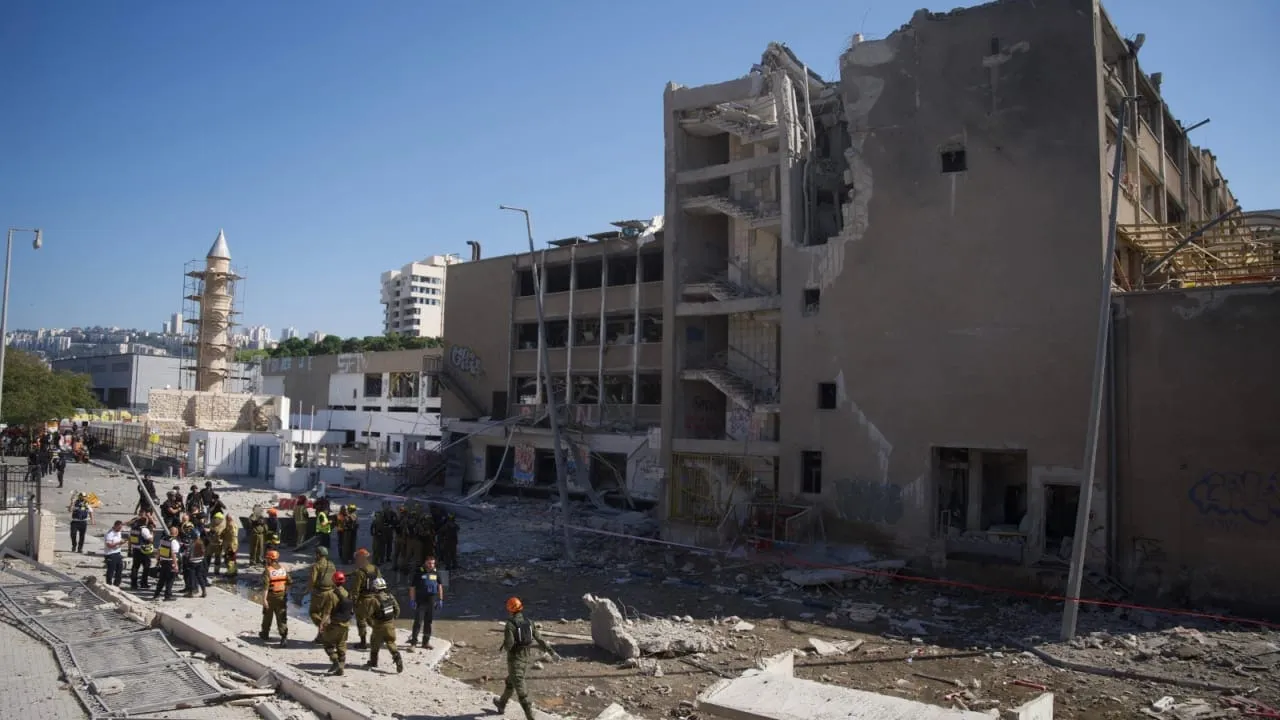
Regional and Global Ramifications
The implications of this direct Israel-Iran conflict, particularly after actions like Iran Strikes Haifa as Israel-Iran Conflict, extend far beyond the immediate geographical boundaries of the two nations. The entire Middle East faces heightened instability, with a tangible potential for regional proxy groups to become increasingly active and destabilising. For instance, Yemen’s Houthis are reportedly considering how they might aid Iran against Israel, despite having recently reached a deal with the United States.
On a global scale, the conflict poses significant economic impact, particularly concerning global energy markets. Oil prices remain highly volatile, and any disruptions to vital shipping routes, especially those crucial for oil transit, represent a real and immediate threat to global commerce. Nations like Pakistan, which are heavily reliant on imported energy and regional trade, are closely monitoring these developments. They continue to advocate vociferously for peaceful dialogue and a swift resolution to prevent wider economic and security crises from engulfing the region and beyond. The reverberations of Iran Strikes Haifa as Israel-Iran Conflict are indeed felt across continents.
Conclusion: A Perilous Crossroads
As the Israel-Iran conflict enters its ninth day, the international community remains on high alert, deeply apprehensive about the future. The direct exchange of fire, most strikingly manifest in the confirmed Iran Strikes Haifa as Israel-Iran Conflict, underscores the urgent need for a diplomatic off-ramp. Without a concerted and effective international effort to de-escalate the situation, the conflict risks spiraling further out of control, threatening an already fragile regional stability and pushing the Middle East into an even more profound and catastrophic crisis.



